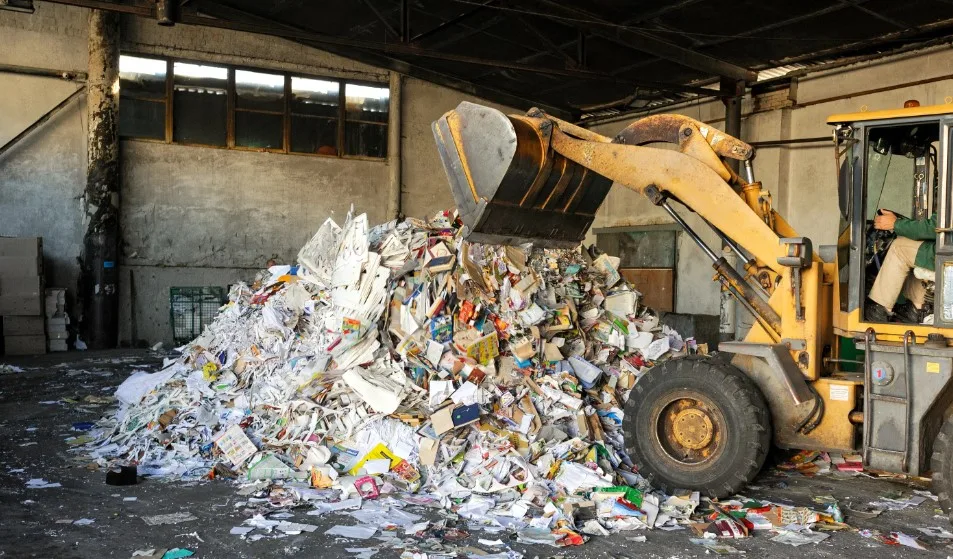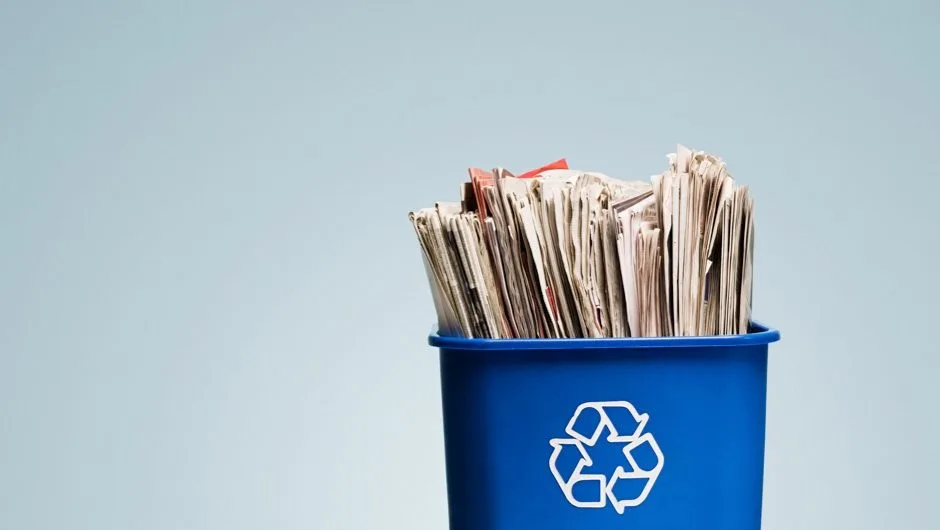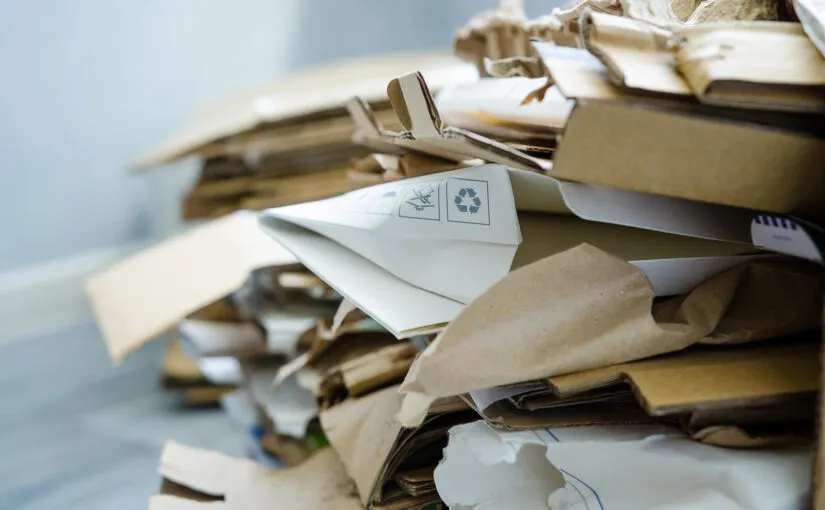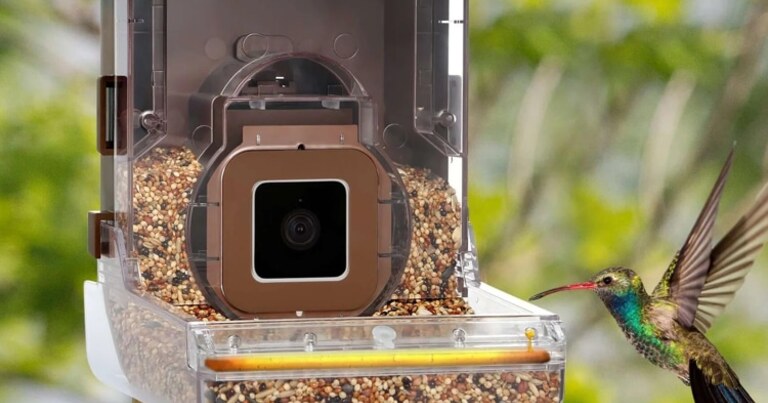The important role of waste paper in the environment
Positive Stories
110
0

Paper and cardboard are common waste materials found in both homes and offices. Unfortunately, many people aren’t aware that used paper can be recycled, and that old paper waste can actually help protect the environment.
Let’s explore how we can make sure used paper doesn’t just get thrown away and cause harm, but instead is properly recycled and reused..
What is paper recycling?
Paper is a valuable resource that can be reused to create new products. Recycling paper means turning old, used paper into things like toilet paper, wrapping paper, packaging, greeting cards, cardboard boxes, paper bags, and more. Most new paper products can be recycled again.
Why do we recycle paper?
Paper is one of the simplest materials to recycle. By recycling it, we give it a new purpose instead of letting it go to waste. This not only cuts down on trash but also saves the resources and energy needed to make paper from raw materials.
Reusing paper helps extend its life cycle and lowers the carbon footprint involved in producing new paper products.

How is paper processed?
First, clean paper is gathered and separated from other types of waste. When it arrives at the recycling plant, it’s sorted into categories like cardboard, magazines, newspapers, and office paper. Each type is handled differently during recycling.
If the paper has ink on it, the ink is removed. The last step is turning the cleaned paper pulp into new paper products.
How paper recycling helps the environment
Paper recycling helps cut greenhouse gas emissions.
Making new paper from recycled materials uses 70% less energy and water compared to producing paper from trees. Recycling just one ton of paper saves 17 trees and frees up 3.3 cubic meters of landfill space.
Paper mills use harmful chemicals and are among the biggest polluters. When paper breaks down in landfills, it releases methane - a powerful greenhouse gas that speeds up climate change.
By recycling paper, we reduce the need for these mills and can lower air pollution by as much as 74%.

What are the advantages and disadvantages of paper recycling?
Although recycled paper is seen as more eco-friendly than using fresh wood, it’s important to consider both its pros and cons.
Forests play a vital role in cleaning the air by absorbing CO2 and other harmful gases while releasing oxygen. They are essential to the health of our planet’s ecosystems. While about 35% of trees cut each year go to paper production, only 9% come from old-growth forests. Most of these trees are grown specifically for this purpose.
Still, recycling paper is generally better than producing new paper from scratch. The advantages outweigh the downsides, with the biggest benefit being the significant reduction in pollution during recycling.
How to recycle paper at home
When recycling paper at home, always make sure it’s clean before placing it in the recycling bin. Most standard office paper can be recycled, but for food packaging, it’s best to check the label to confirm whether it can be recycled easily.

Environmentalists point out that while plastic gets most of the attention, the problem of paper waste is often overlooked. So, what do they suggest?
Thanks to modern technology, we can cut down on paper use by going digital. Digitizing processes is one of the best ways to reduce our reliance on paper worldwide.
RELATED NEWS

Animals
Billboards in Thailand are being transformed into shelters for stray..

Positive Stories
From Silk Road to Georgia: The Nomadic Life of Gorkhan Deveci and His..

Positive Stories / Animals
An innovative camera for filming birds that also "treats"..

Positive Stories
The important role of waste paper in the environment..